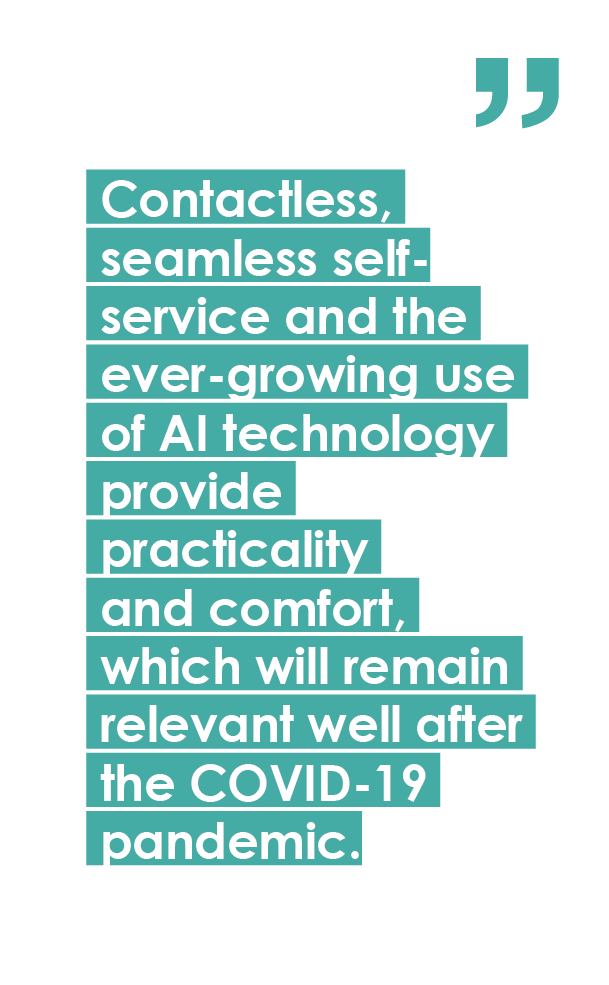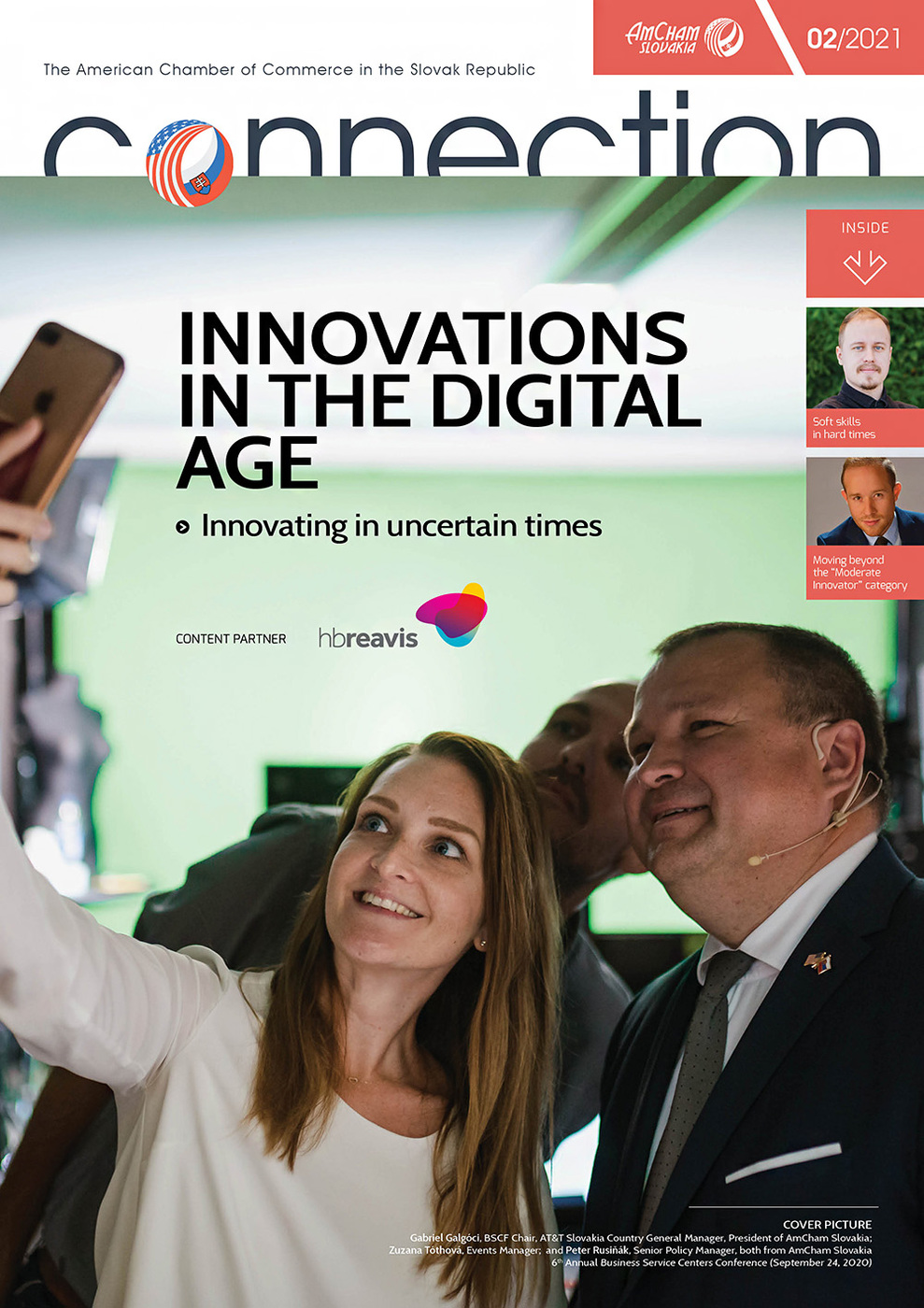Quarantine, social distancing and strict hygienic guidelines have fundamentally changed the way restaurants, cafés and other food services operate. Many establishments converted their spaces to accommodate the need for fulfilling takeout and delivery orders, as opposed to seating customers. These businesses started utilizing many modern innovations and moved their unique experiences and entire operations online.
Restaurants have turned their focus towards convenient meal kits offered at discounted rates to incite their patrons to remain loyal even through an extensive separation period, delivering them to home-office workers throughout the city. Cafés, bakeries and other, smaller shops offered small gifts such as biscuits or cakes, as tokens of gratitude and loyalty. Bars have been delivering DIY drink mixing kits or bottled drinks. These establishments also use extensive social media marketing and self-promotion in order to keep in touch with their patrons, retain meaningful connections and keep engaging with them, despite the limited options. Value deals, special menus, inventive and convenient packaging and a captivating social media presence have helped translate the distinctive customer experience of many shops, restaurants and cafés, to a new, socially distanced population.
While owning and operating food service businesses is more difficult than before, businesses that adapted quickly and effectively to these sudden changes have prevailed through, arguably, one of the worst health and economic crisis of recent years.
 Your next meal, at your fingertips
Your next meal, at your fingertips
It´s no wonder that modern technology and the internet have become the forefront for these major operational changes. Third party delivery apps and services were previously seen as additional comfort and practicality for customers willing to pay a delivery fee. Many businesses have now moved their activity to these apps and delivery services almost entirely. If their capacity allowed it, establishments even set up their own delivery services based on simple web-apps or through social media inquiries and direct messaging. Delivery services and smartphone apps went from a convenient luxury to the lifeblood of gastronomic industry, with freelance couriers becoming part of the essential meal delivery infrastructure during a global pandemic.
McDonald´s is one of the international fast-food chains that offers its own in-house developed comprehensive app, which allows constant contact with customers, communicates important announcements, displays promotional offers and, most recently, offers a delivery service. Customers can also input their feedback, which is then relayed to app developers, who use this information to provide an even more streamlined experience.
The smart screens keeping us safe
Although delivery services have become a backbone of customer service in the recent months, on site pick-up is still a popular option for many consumers. The complexity of this service varies from business to business. This could mean a simple pickup method, where customers contact a restaurant beforehand, either by phone call or a direct message, to state-of-the-art technological solutions in the form of interactive menu boards, the likes of which can be found at McDrive Trnava. These AI-powered digital interfaces collect data based on current daytime, restaurant traffic and meal popularity to display relevant items to customers ordering their meal. This creates a seamless user experience tailored to each restaurant automatically. Digitizing the McDrive experience also gives staff more time to attend to other tasks, as the process of updating promotional offers and menus has become much faster and easier. Displaying clear, contextual, readable information can also significantly reduce wait times leading to greater customer satisfaction.
Digital kiosks have been tremendously helpful when dealing with a sudden influx of customers during peak, pre-pandemic, hours. Large, responsive, interactive touchscreens with user-friendly UX, have made self-ordering at a restaurant the new norm. This feature requires less staff members behind the counter and allows customers to take their time choosing and customizing their order while further reducing wait times. During a period, where human interactions need to be reduced, self-ordering kiosks play a significant role, eliminating any potential risks involving interpersonal customer service for the customer and staff member alike. Every kiosk is also outfitted with a digital card reader, allowing you to pay for your order cash and contact-less.
A positive takeaway from a difficult time
All these innovations and creative approaches to a modified gastronomic landscape have set an interesting precedent - many businesses retain a presence even beyond the bounds of their premises, effectively utilizing modern technology paired with meaningful communication and social media use. Contactless, seamless self-service and the ever-growing use of AI technology provide practicality and comfort, which will remain relevant well after the COVID-19 pandemic. One of the most interesting aspects of this digitization is the future utilization of these technologies combined with the personal on-site experience. With AI technology making leaps each year, it´s only a matter of time when customers will receive a true, personalized experience at the tip of their fingers just moments after walking into a restaurant. Here´s to hoping we get to enjoy it together.
Viktor Gubka, Freelance writer/videographer, Seesame



Follow us